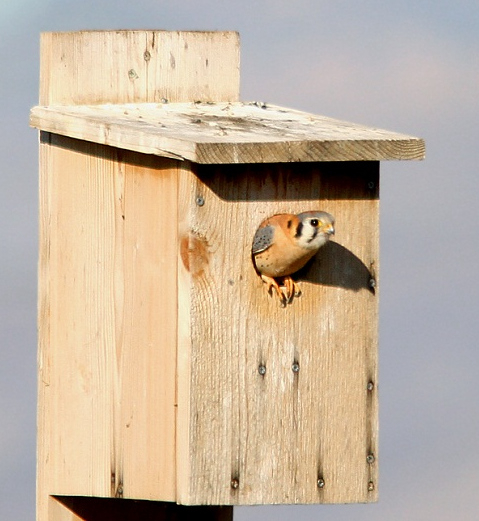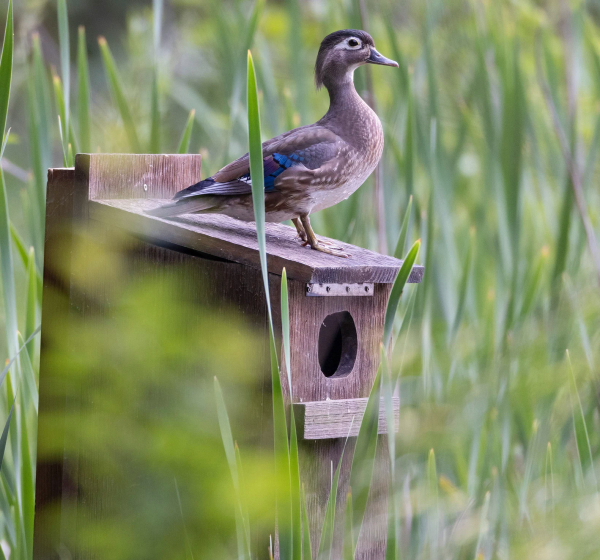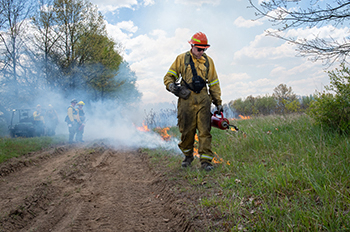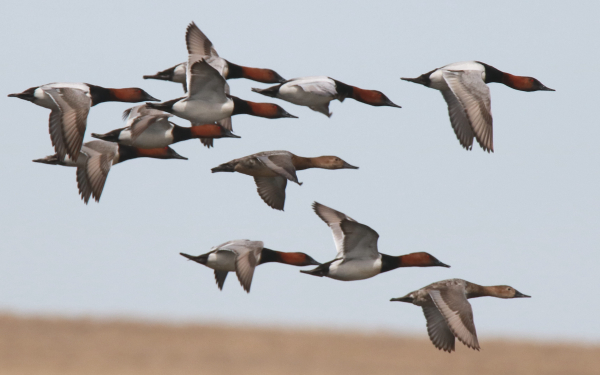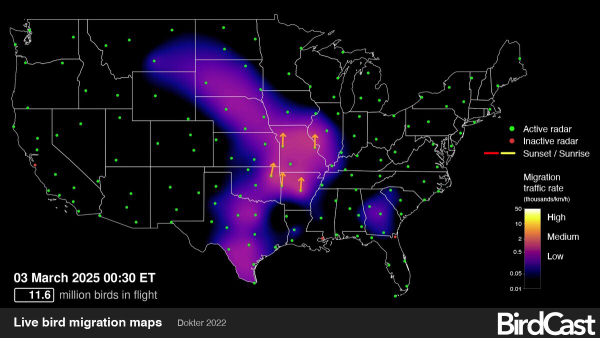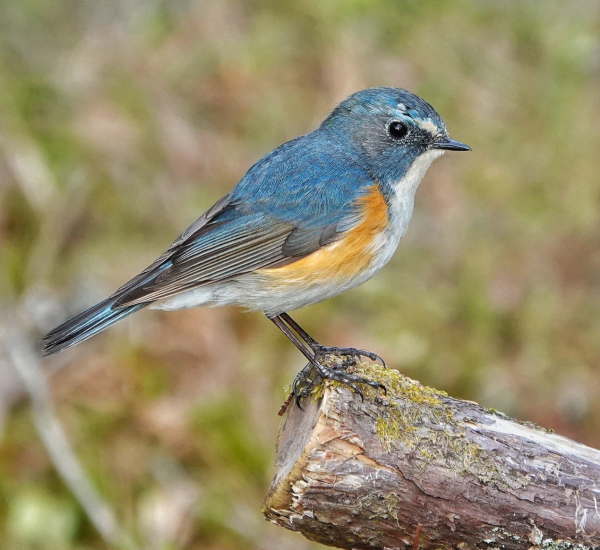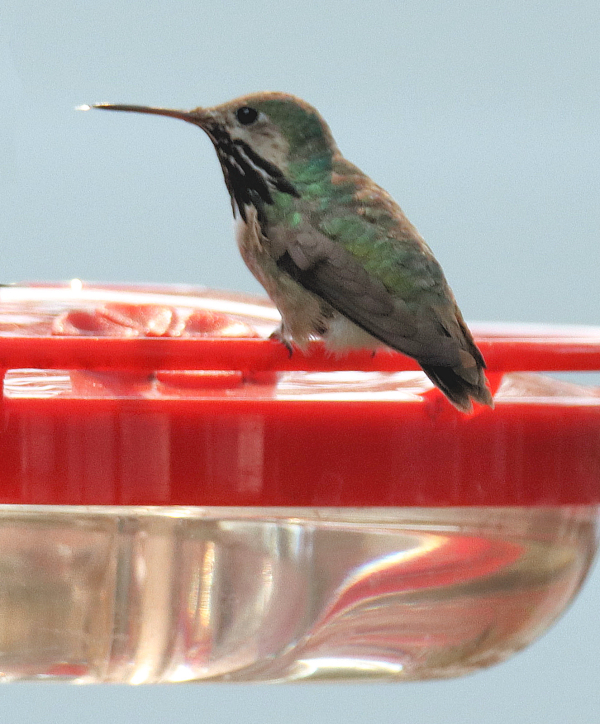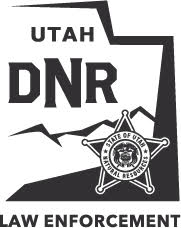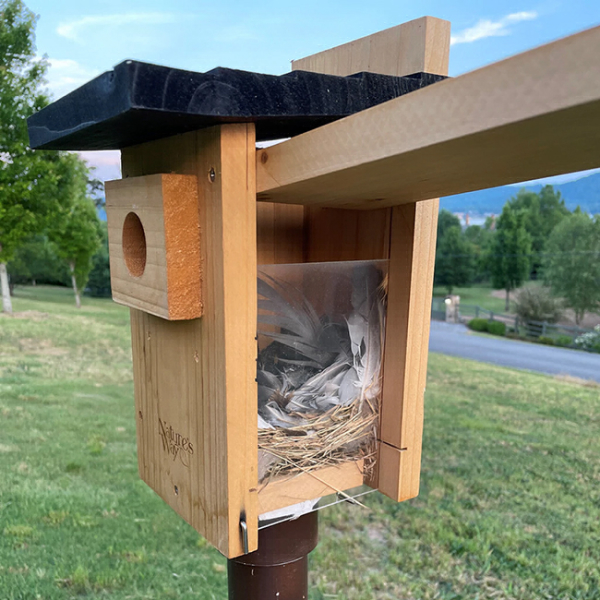DNR reports Washtenaw County’s first CWD-positive wild deer
March 12, 2025
Washtenaw is now the 15th Michigan county where chronic wasting disease has been identified in the wild deer population, according to the Michigan Department of Natural Resources. An adult buck found acting ill in Salem Township recently tested positive for CWD.
The Michigan State University Veterinary Diagnostic Laboratory, which works with the DNR to identify CWD in Michigan’s wild deer herd, confirmed the CWD finding. The U.S. Department of Agriculture’s National Veterinary Services Laboratory, in Ames, Iowa, also confirmed the test result.
CWD is a fatal neurological disease that affects white-tailed deer, elk and moose. The disease is chronic, slow developing, and spreads slowly across the landscape. To date, CWD has also been detected in wild deer in the following Michigan counties: Clinton, Dickinson, Eaton, Gratiot, Hillsdale, Ingham, Ionia, Isabella, Jackson, Kent, Mecosta, Midland, Montcalm and Ogemaw.
Prior to focused CWD surveillance in Washtenaw County, voluntary sampling between 2016 and 2019 resulted in 824 deer tested. In 2021 and 2022, focused CWD surveillance efforts were conducted to gather additional samples, and 875 more deer were tested. While this is the first positive in Washtenaw County, 39 deer in neighboring Jackson County have tested positive for CWD, through combined DNR collections and direct hunter submissions to the MSU Veterinary Diagnostic Laboratory.
“The expansion of chronic wasting disease to Washtenaw County is consistent with the slow spread we’ve seen throughout Michigan,” said Chad Fedewa, acting DNR deer, elk and moose management specialist. “This case was identified thanks to a resident who saw a deer that appeared ill and reported it to us. Every piece of data is valuable in helping us make science-based decisions to support Michigan’s wildlife. We are grateful that Michigan residents value deer and stay engaged in this way.” Read more


